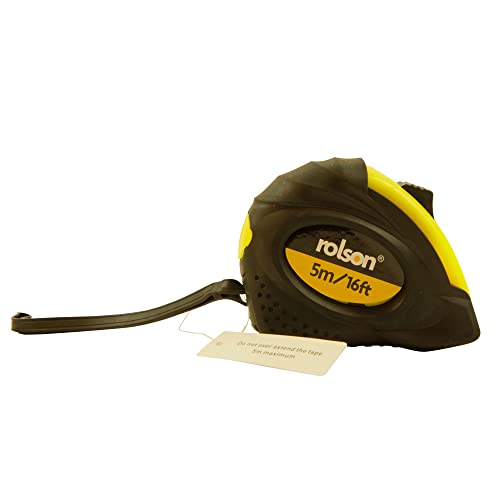Introduction
A tape measure is an essential tool used for measuring distances, lengths, and other dimensions. It is commonly used in various industries such as construction, woodworking, and sewing. But what exactly is a tape measure made of? In this article, we will explore the materials that go into making a tape measure and how they contribute to its functionality and durability.
The Blade
The blade of a tape measure is the long, flexible strip that extends and retracts when measuring. It is the most critical part of the tape measure, as it provides accurate measurements. The blade is made of a combination of materials for strength and flexibility. The most common material used is steel, specifically a type called spring steel. Spring steel is rust-resistant and has excellent tensile strength, allowing it to extend and retract smoothly. To enhance visibility, the blade is often coated with a protective layer, such as nylon or Mylar.
The Casing
The casing of a tape measure houses the blade when it is not in use. It is typically made of plastic or metal and is responsible for protecting the blade from damage and ensuring its smooth operation. Plastic casings are commonly used in lightweight and budget-friendly tape measures, while metal casings are found in more heavy-duty models. Some tape measures have a rubberized or textured grip to provide a comfortable and secure hold during use.
The Locking Mechanism
A tape measure needs a locking mechanism to prevent the blade from retracting while in use. The locking mechanism is usually located on the top of the casing and is activated by a button or lever. It consists of a small metal or plastic part that holds the blade in place when the user desires a fixed length. The locking mechanism is typically made of durable materials like stainless steel or high-grade plastic to ensure reliability and longevity.
Additional Features
Modern tape measures often come equipped with additional features and functionalities to improve usability. These can include but are not limited to:
- Measurement Markings: The blade is marked with measurement indicators, typically in both inches and centimeters, to facilitate accurate measurements.
- Clip or Hook: A clip or hook at the end of the blade allows the tape measure to be attached to objects for hands-free measuring.
- Retraction Mechanism: A spring-loaded retraction mechanism ensures the smooth and controlled retraction of the blade back into the casing.
- Belt Clip: Many tape measures have a built-in belt clip, allowing users to conveniently carry them on their person.
- Laser Measurement: Some advanced tape measures utilize laser technology to provide precise measurements over longer distances.
The materials used for these additional features can vary depending on the manufacturer and model of the tape measure. However, they are often made of durable plastics, metals, or rubber to withstand regular use and maintain their functionality.






